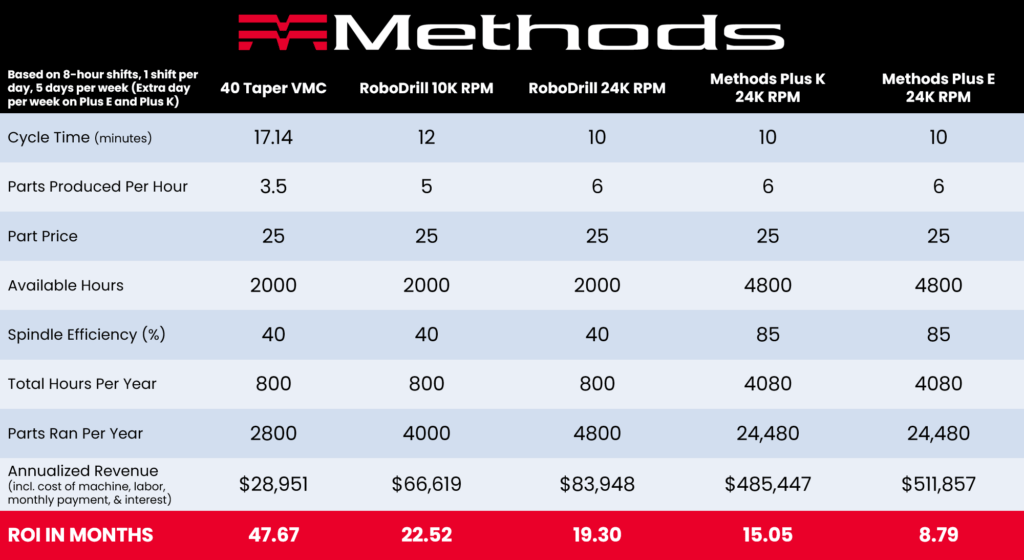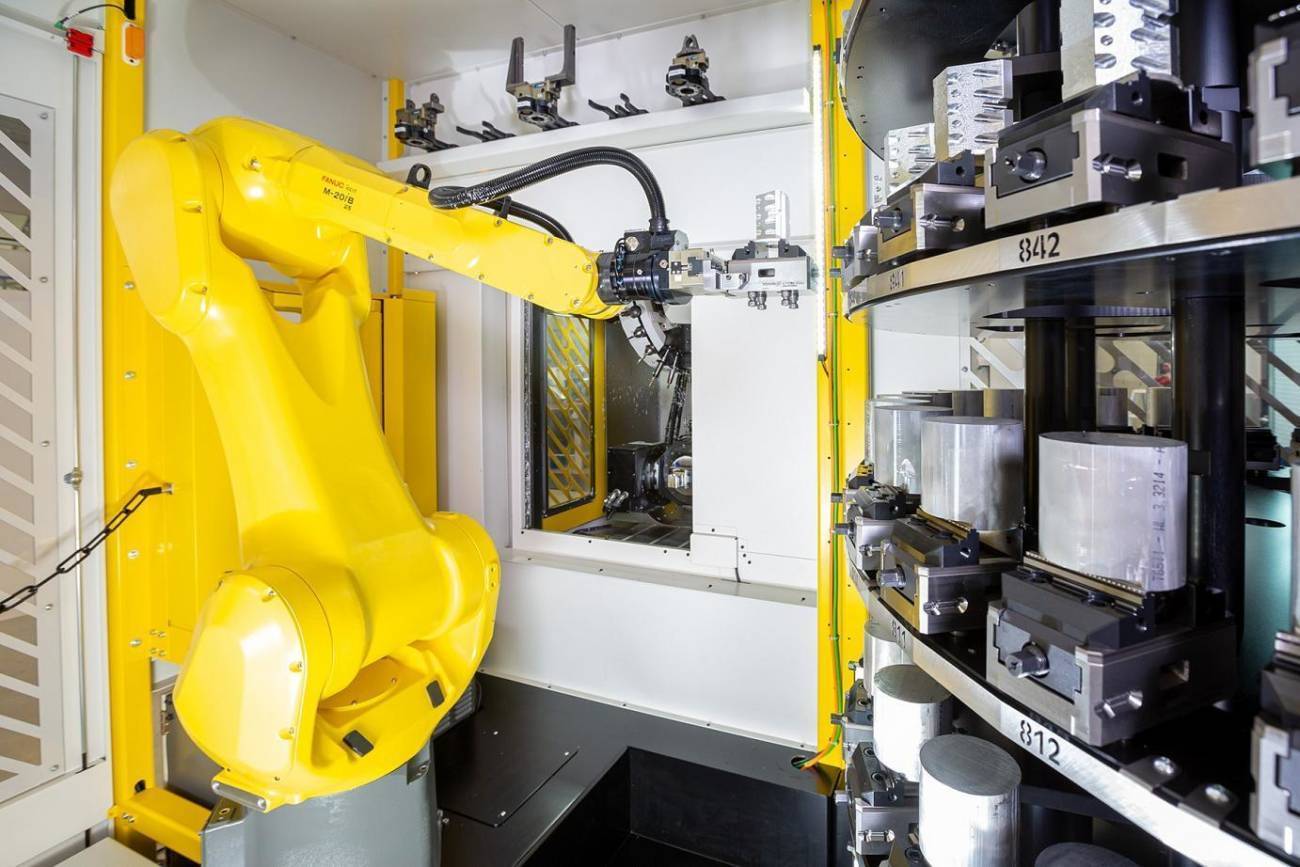No matter the size of the shop or the industry served, automation will continue to influence how owners manage their people, processes, and machining technologies.
Today, owners face consistent challenges. Budgets could be tight. Customers are asking for more, faster, at the same or higher quality. And shops have to navigate through the shifting generations of a changing workforce when talent is hard to find. The motivation to automate is strong.
Still, automation may give some owners pause when they think:
- I never used a robot or know any programming. The learning curve is too steep.
- Automation is going to take work away from people.
- Automation isn’t worth the financial investment.
- My shop is doing well enough without automation.
The reality is, automation is no longer a “nice to have”. It’s increasingly a necessity, especially in the race to find and achieve new efficiencies that give you a competitive edge.
But how does a shop start to embrace automation? It is not as easy as just investing. We offer 5 tips for introducing job shop automation.
5 Tips for Job Shop Automation
1. Identify processes in your production environment suited for automation.
Think about your floor in its totality. Every task completed throughout the day—no matter the size and scope. Identify the tasks that require the most time, or require the most manual intervention. Start there and consider which steps, if automated, would improve the efficiency of your floor.
Whichever tasks are ripe for automation, the net result is time savings—not human replacement. Your ultimate goal is to free up that employee’s time for more strategic business tasks and reducing, or eliminating, that person’s time spent on less efficient work.
But be mindful. Start with repetitive, basic tasks, before trying to automate an entire, end-to-end operation.
2. Forecast when you will achieve your return on investment.
Cost is a critical question, but cost involves more than the sticker price and/or financing terms. It includes but is not limited to:
- Your operators’ wages (including benefits)
- The amount of hours and shifts on your schedules
- The total time you estimate will be saved by adopting automation based on automated cycle time vs. current cycle times
- Your price per part over days, months, and years
- Spindle efficiencies
- Your current and projected revenues
The output of that math should provide you a strong estimate on your spending, savings, and revenue projections, and give you a target ROI timeline.
The following table exemplifies a ROI chart of the FANUC RoboDrill and Methods Automation:

You can use the table above to calculate your Automation ROI
3. Determine the timeline and impact on your business.
The good news is, if you’re at zero automation today, you’ll save yourself a lot of effort by NOT racing ahead to a complex, customized solution.
Ideally, your first automation system should be standardized in some way that enables your shop and your team to immediately see success without the need for reserving days or weeks for training.
It’s why Methods offers a series of standard automation solutions that provide out-of-the-box results with minimal training. We know time is money. Your first entry into automation should have a low barrier and a quick learning curve, so you achieve a win with your most prioritized needs before moving into more complex, custom solutions (if needed).
4. In lieu of turnkey automation, identify process solutions that will reduce your cycle time.
- Tool-changing systems – An automated tool-changing system improves a CNC machine’s production and tool-carrying capacity by changing tools quickly without a manual operator.
- Pallet changers – A CNC robotic arm with actuators and grippers clamp and release the workpiece from a storage system or rack that holds numerous workpieces. It typically consists of a programmable logic controller (PLC) or a computer numerical control (CNC) system
- Automated part loading and unloading systems – These systems automate the process of loading and unloading parts onto the machine, reducing the need for human intervention and improving spindle time.
- In-process gauging – This real-time system eliminates guesswork and reduces opportunities for error when measuring between cutting passes.
5. Keep your team members in mind when evaluating solutions.
As with any strategic business decision, the impact of introducing automation on your people should be top of mind.
But don’t fall prey to fears and rumors. Automation does not mean you must choose between a person and solution. The right solution supports your team, allowing employees to focus on the larger picture: customer engagement, R&D, service, and other key business operations, versus the smaller tactical work.
Going back to the first question, that’s why it is critical to first evaluate every part of your business, so you have the clearest picture of how automation will help your shop.
Make Automation Work For Your Shop
In the end, the right machining automation solution should accomplish at least these three factors for shop owners:
- It reduces or eliminates time-burning, repetitive tasks that impact profitability.
- It fits your business model so your shop realizes positive financial results.
- It drives greater value for your business and, most importantly, your customers
Learn more about Methods Automation, our inventory of the world’s best automated machining equipment, and our available engineering services that support your shop’s growth and integration of precision machining solutions.
